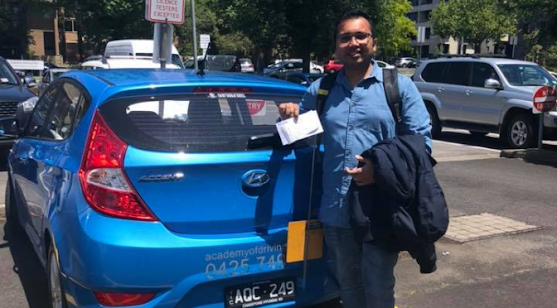Driving Lessons On How To Drive Through Animal-Infested Areas
Driving on the road is always risky and dangerous. We never know what incident is going to take place. For example, collisions with animals while driving can be dangerous, causing serious injury and even death. In order to avoid collisions with animals on the road, follow these crucial tips that are always taught by a licenced driving school in St. Kilda:
Slow Down & Stay Alert:
When driving in areas known for wildlife activity, slow down and stay alert. Watch for signs indicating the presence of animals, such as deer crossing signs. Be aware of your surroundings and keep an eye out for any animals that may be crossing the road.
Use High Beams:
A proficient driving instructor in St. Kilda suggests that, when driving at night, use your high beams to illuminate the road and increase your visibility. This will give you more time to react if you spot an animal on the road.
Scan The Road:
Scan the road ahead of you and look for any movement or reflective eyes that may indicate the presence of an animal. Keep in mind that animals may hide in bushes or tall grass, so be sure to scan both sides of the road.
Avoid Swerving:
If you spot an animal on the road, do not swerve to avoid it. This can cause you to lose control of your vehicle or collide with other objects, such as trees or guardrails. Instead, brake firmly and steer straight ahead. This is what certified driving schools teach through driving lessons in St. Kilda.
Be Prepared:
An authorised driving school in St. Kilda always suggests you keep a first-aid kit and a flashlight in your vehicle in case of an emergency. If you do collide with an animal, pull over to a safe location and call for assistance.
By following these tips from driving school and staying alert while driving, you can reduce your risk of colliding with wildlife on the road. Remember to always put safety first and be prepared for the unexpected.


.png)

Comments
Post a Comment